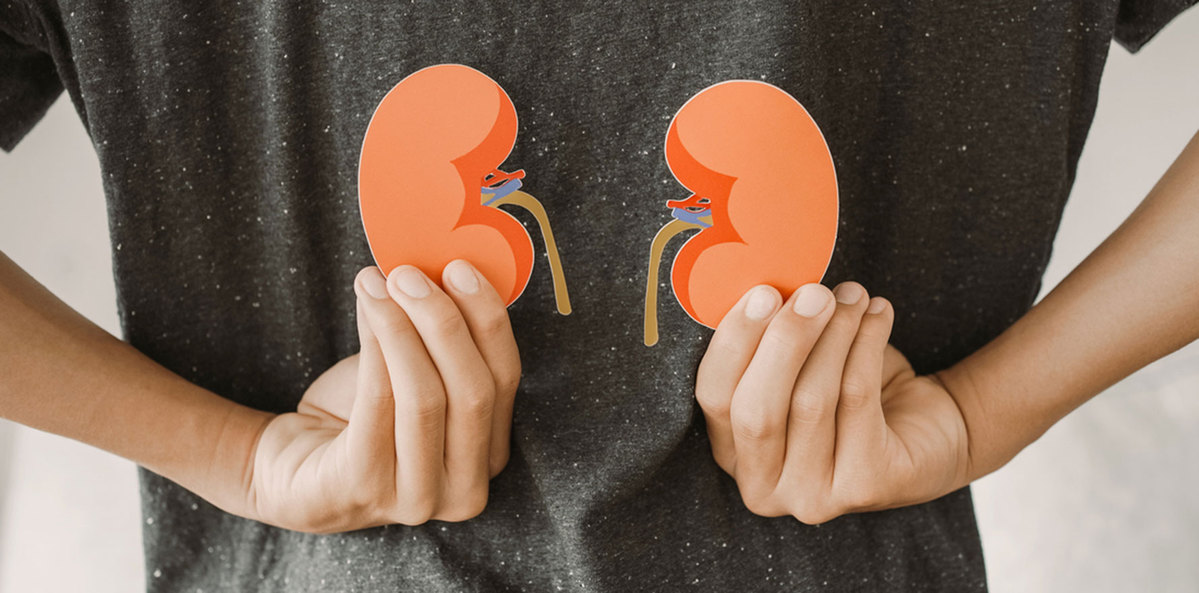A NEJM study shows B cell depletion works better than standard therapy alone.
New research suggests obinutuzumab, a B cell-targeting monoclonal antibody, improves the renal response in lupus nephritis patients when added to standard therapy.
Effective treatments for lupus nephritis are lacking. The phase 2 NOBILITY trial found that obinutuzumab, a humanised glycoengineered type II anti-CD20 monoclonal antibody, improved the proportion of patients with a complete renal response up to two years post-treatment compared to placebo.
Now the phase 3 REGENCY trial has shown adding obinutuzumab to standard therapy led to 13% more patients achieving a complete renal response at 76 weeks compared to standard therapy alone.
“These findings are consistent with our current experience and will reiterate the utility of B cell depleting therapies,” said Associate Professor Alberta Hoi, a consultant rheumatologist and head of the lupus clinic at Monash Health.
“Ideally we will have access to obinutuzumab soon, but if not, these findings will consolidate the approach of using rituximab, another B cell depleting therapy,” said Professor Hoi, who was not involved in the study.
Researchers recruited 276 patients across 15 countries and administered intravenous infusions containing either 1000mg of obinutuzumab or placebo on day 1 and at weeks 2, 24, 26 and 50 or 52.
All patients also received mycophenolate mofetil and prednisone at randomisation, provided they had not already been prescribed either therapy. The researchers aimed to have patients receiving 7.5mg/day of prednisone by week 12 and 5mg/day by week 24.
A complete renal response at week 76, defined as a urinary protein-to-creatine ratio <0.5, and eGFR of at least 85% of the baseline value and no intercurrent events (rescue therapy, treatment failure, death or early trial withdrawal), was observed in 46% of patients receiving obinutuzumab and standard therapy and in 33% of patients receiving standard therapy alone.
While Professor Hoi felt the results of the current study were expected based on the results of the earlier phase 2 trial, she told Rheumatology Republic that it would have been interesting to see more of the results over the course of the trial, instead of focusing solely on the results at week 76.
In addition, the proportion of patients who achieved a complete renal response at 76 weeks while also receiving 7.5mg or less of prednisone per day was greater in the obinutuzumab group (43%) compared to the standard therapy group (31%).
Professor Hoi explained that lupus patients were at risk of experiencing significant comorbidities from long-term steroid use, meaning the prednisone tapering was a good choice of study design.
“This fast tapering is in line with current recommendations. Previous studies of rituximab did not use this more rapid tapering and therefore possibly ‘masked’ some of the benefits of B cell depleting therapies,” she said.
Related
A greater proportion of patients receiving standard therapy alone experienced treatment failure (18% versus 4%) and required rescue therapy (18% versus 6%) compared to the obinutuzumab group.
There was a similar rate of adverse events between the two groups, with the most common serious adverse event in the obinutuzumab group being infections – namely covid-related events, UTIs, pneumonia and gastritis.
“The current trial initiated enrolment four months after the pandemic declaration by the WHO, and severe covid infection-related adverse events occurred early in this trial before the availability of robust vaccination and antiviral therapy. In fact, no covid-related serious adverse events occurred in the latter half of the current trial,” the study authors wrote.
Obinutuzumab is currently already TGA registered and PBS listed for lymphoma and leukaemia indications.





